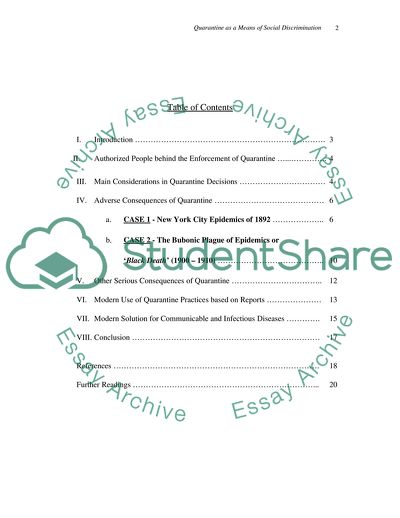Cite this document
(Quarantine as a Tool in Dealing with Epidemics Coursework, n.d.)
Quarantine as a Tool in Dealing with Epidemics Coursework. https://studentshare.org/health-sciences-medicine/1706893-quarantine-as-means-of-social-discrimination
Quarantine as a Tool in Dealing with Epidemics Coursework. https://studentshare.org/health-sciences-medicine/1706893-quarantine-as-means-of-social-discrimination
(Quarantine As a Tool in Dealing With Epidemics Coursework)
Quarantine As a Tool in Dealing With Epidemics Coursework. https://studentshare.org/health-sciences-medicine/1706893-quarantine-as-means-of-social-discrimination.
Quarantine As a Tool in Dealing With Epidemics Coursework. https://studentshare.org/health-sciences-medicine/1706893-quarantine-as-means-of-social-discrimination.
“Quarantine As a Tool in Dealing With Epidemics Coursework”. https://studentshare.org/health-sciences-medicine/1706893-quarantine-as-means-of-social-discrimination.


